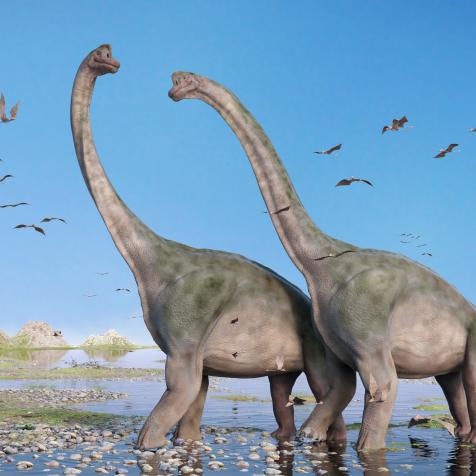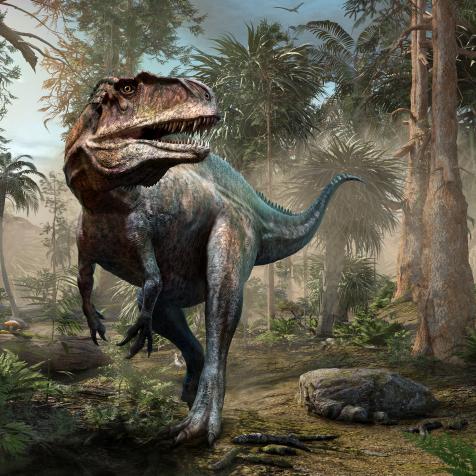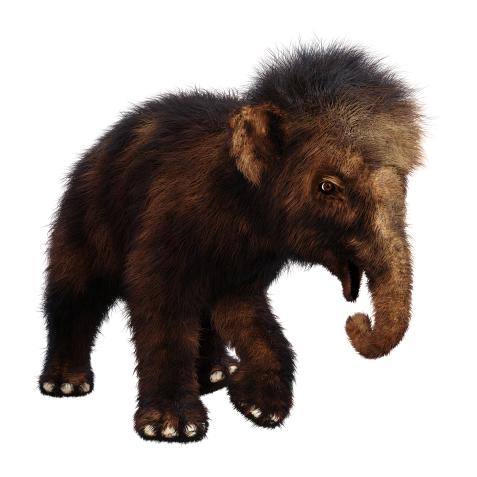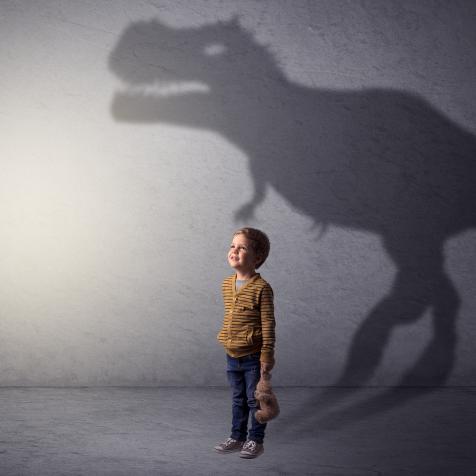
China News Service
Does this Incredible New Discovery Mean We Should Believe in Fairies After All?
Archaeologists in China recently unveiled a fascinating new discovery of ancient communities worshiping fairies, after unearthing a “one of its kind” treasure trove at the famous Sanxingdui archeological site.
Sanxingdui, which is located in Guanghan, Sichuan, has long been the site of archaeological finds. Researchers have been excavating sacrificial pits at the site since 2020, and have found almost 13,000 archaeological items that date back to the Bronze Age. The ruins cover an area of 12 square km (4.6 miles) and are believed to be the remnants of the Shu Kingdom, dating back some 4,500 to 3,000 years.
In June, another discovery was made, this time a treasure trove of bronze, gold, and jade wares. At least 10 of the bronze wares unearthed had never been excavated before. Experts believe the findings point to the worship of fairies by the people of that time. Among the sculptures found was a bronze box with a green jade vessel. The top and bottom of the vessel are covered with tortoise-shaped reticulate lids, and the sides of the box are adorned with a bronze hinge with handles shaped like dragon heads.

xxwp
Bronze heads with gold masks, a bronze sculpture with a human head and snake body, a bronze altar, a giant mythical creature made of bronze, and a dragon-shaped bronze item with a pig nose, were also found.
"The sculptures are very complex and imaginative, reflecting the fairy world imagined by people at that time, and they demonstrate the diversity and richness of Chinese civilization," said Zhao Hao, an associate professor at Peking University who is head of the excavation of the No.8 pit.
So should we be taking fairies seriously? Well…maybe. Although they may not quite be the Tinkerbells and the Fairy Godmothers that you’re thinking of.
The word “fairy” was derived from the term “fae”–Old English–and “fair”–Old French. It refers to women who were healers and enchantresses, such as the Arthurian figure Morgan le Fay.
In Chinese mythology, these fairies are powerful spirits associated with elements of nature: mountains, rivers, the wind, the ocean, and so on.
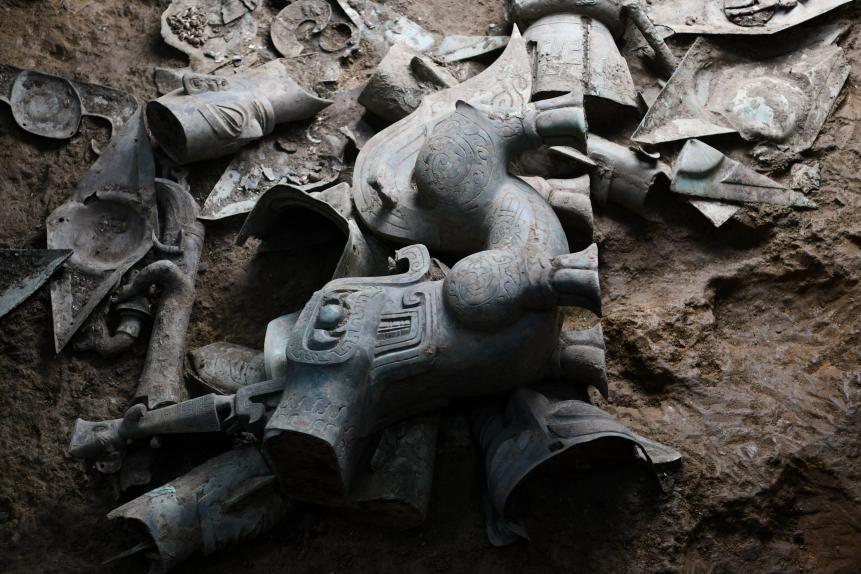
China News Service
These spirits can be kind, or cruel, depending on their whims. In the recent discovery, the Sanxingdui artifacts shed more light on this mysterious civilization, which came to its end at the hands of the Qin dynasty around 316BC. These objects are believed to have been sacrificial offerings as a way to communicate with spirit fairies. A report by two archaeologists notes that: “spirits were specifically venerated” during this period.
Fairies are not entities relegated to ancient times, however. In Chinese tradition, the Eight Fairies are deities that are still worshiped. The fairies were human beings who had achieved immortality through the constant practice of Taoism. They appear in numerous Chinese artworks and have the similar artistic appeal that the Seven Dwarfs have to us, Westerners.
Regardless of whether you believe in fairies, spirits, or other entities, the historical significance of these recent discoveries is an unarguably fascinating discovery for all of us.









